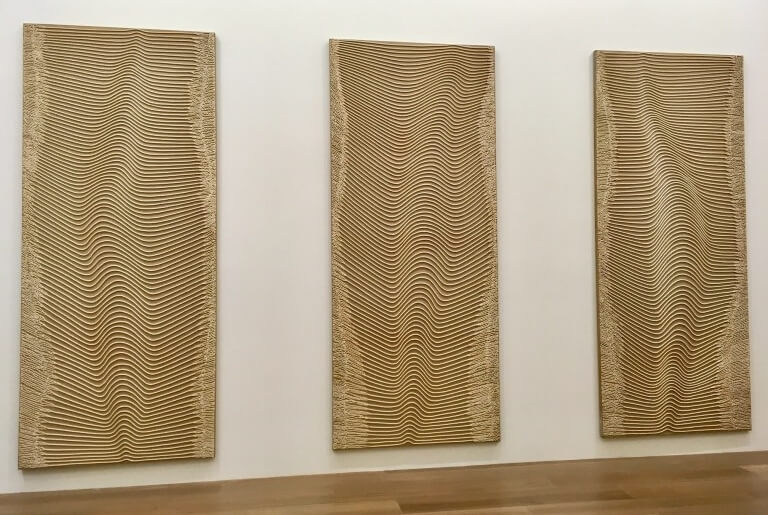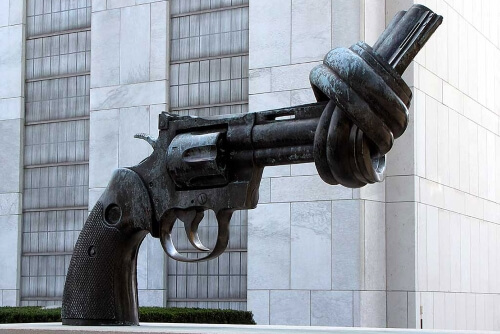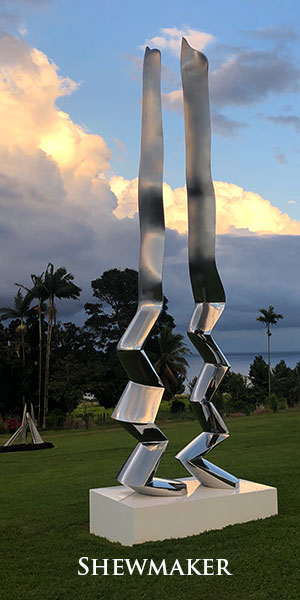History of sculptures

For centuries on end, man has relied on the use of sculptures. It is a belief that the first sculptures made were in a bid to help people when they were out hunting.
Over time, the use of sculptures evolved such that by the start of civilization, people used them as a representation of gods. Ancient kings who wished to immortalize their rules had statues made in their likeness, and in so doing, they led to the beginning of portrait sculpting, an art that continues to date.
The Greeks too made use of sculptures, and a quick overview of their history reveals the use of statues to depict the form of human beings, in dimensions thought to be the ideal form of humans. The church too made use of figures. Back in the day, not many people were able to read or write, and the church thus needed a representation of what was right and evil and one that did not call for literacy. Thus, the use of statues depicting demons and devils became necessary, and it worked in reminding the churchgoers of their faith. Towards the end of the fifteenth century, people began to create statues using different techniques.
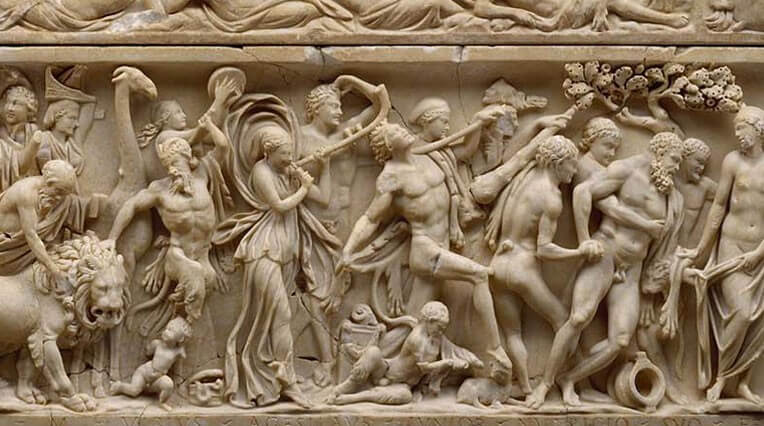
Over time, the use of statues expanded to honoring people for their work in the community. In the twentieth century, people saw it fit to put up an icon in the heart of New York City as a way to honor the work of a songwriter. The Sumerians too used this form of art to celebrate their wins against opponents. People who took part in the Second World War also honored the soldiers by putting up sculptures.
From the examples above, you can see that sculptures have played an essential role in our lives since time immemorial. Thanks to this, these creations have become common across the globe. In Greece, they stand amid water fountains and are as plentiful as the skyscrapers you would come across in the modern world.
The Beginning
The belief is that sculpting is one of the oldest forms of art, as it came to be before the discovery of painting. However, there aren’t many objects which can point to this truth. There exist hundreds of works made by sculptors in primitive cultures, and they act as a pointer as to what was existent before the evolution of this art. By what is available, it is clear that this art did not begin as a way to depict beauty, but instead, it was out of necessity. People created these forms for use in rituals geared towards their spirituality. At the time, people lived a life where they had to fight for survival, and this art created a form of solace which they could look to when times get hard.
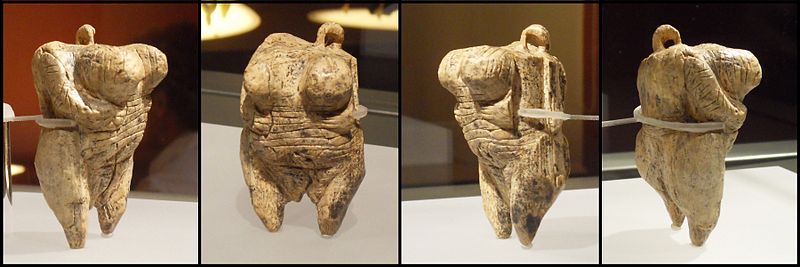
The historical objects include figures of humans, animals as well as their combinations, and people worshipped them. The forms represented spirits which people would ask for blessings in the form of strong heirs, healthy crops, successful hunting and other things that added to their lives. The spiritual leaders also wore sculpted masks, and they would perform rituals in them, driving away spirits which people believed were evil.
The Ancient World
Many early civilizations such as China and Egypt, amongst others, made use of sculpting, which eventually led to the dawn of several forms of writing. Let’s have a look:
Egypt
The Egyptians had a strong belief in death such that when their Pharaoh died, they would bury him with goods which could meet his needs in life after that. They also preserved the bodies and placed them in pyramids. They had many statues, which served as representations of their gods, the nobles and their rulers and these were available in the burial sites and their temples. They believed that spirits could return to these statues.
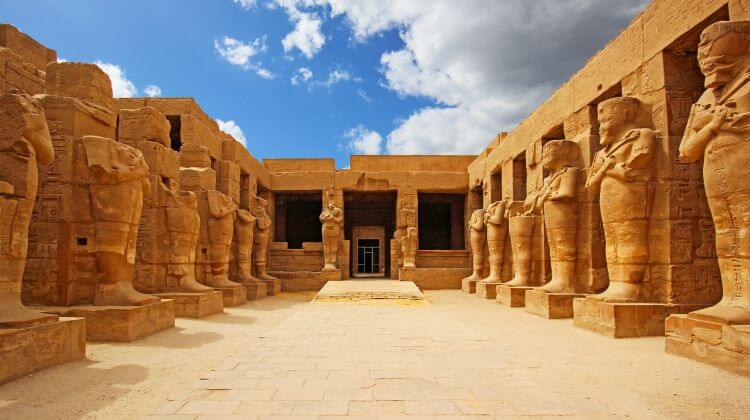
There were also smaller statues which showed the people’s way of living. Some would represent their sailing activities, and others would show them herding cattle while others were a depiction of their house chores. The statues were such that they appeared alive.
Mesopotamia
Mesopotamia had a history of dealing with invasive floods and armies, and the society lacked the resources required for majestic structures. However, they created art using light materials such as shells, clay, and wood. The figures had cone shapes with small heads, large eyes and pointed noses, which was entirely different from what the Egyptians made.
Modern sculptors, borrowing from these civilizations and others such as the Romans and Greeks, were able to enhance the beauty of the art, thus relaying emotions, reality, and aesthetics in their resultant pieces.


